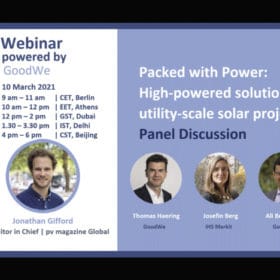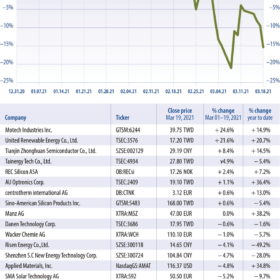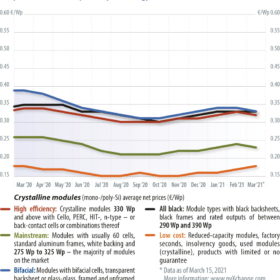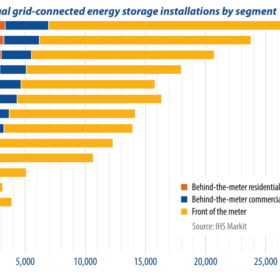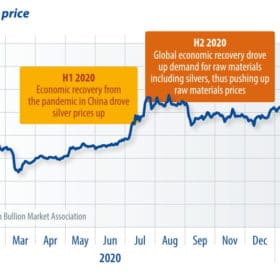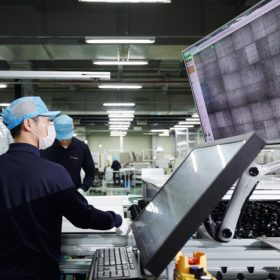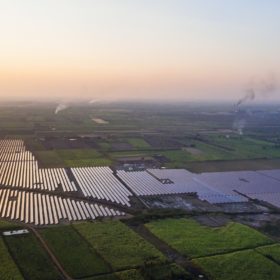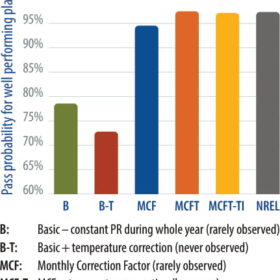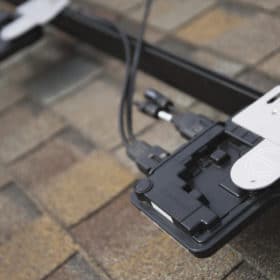When quality meets quantity
As 2021 progresses, the signs of it being (yet another) banner year for PV deployment become clearer. An increasing number of market observers are tipping that solar deployment globally will pass the 150 GW mark for the first time. And energy storage is also ramping fast.
On strong fundamentals
The solar industry faced headwinds in March, writes Jesse Pichel of ROTH Capital Partners, thanks to rising interest rates and, in California, concerns over increasing grid access fees. Despite this, the recent earnings season reveals strong fundamentals and a healthy outlook for most players.
The ideal format
The speed at which manufacturers are introducing changes from one product generation to the next is accelerating – currently, formats are scarcely available for more than a few months before another revised product is launched. But occasionally new module dimensions also bring new problems, be it in handling, plant design, or logistics. Ever-shorter product cycles and hastily launched record-breaking modules with capacities of 500 W, 600 W, or even 700 W are not always welcomed with open arms – especially by those who have to work with them, writes Martin Schachinger of pvXchange.com.
Strong growth ahead for storage
Annual battery storage installations will exceed 10 GW/28 GWh in 2021, following a particularly strong year in 2020, despite the challenges created by the global pandemic, writes IHS Markit analyst Mike Longson. Combined solar and storage will be a core focus for new deployment in 2021, as the front-of-the-meter and behind-the-meter energy storage markets are both expected to grow significantly in the months ahead.
Solar and silver price hikes
The PV industry has experienced several rounds of price increases since the second half of 2020, from polysilicon to materials such as PV glass and films. Between July 2020 and February 2021, prices quoted for 3.2 mm and 2 mm glass surged by more than 60% per square meter. Prices for EVA and POE encapsulant films skyrocketed by more than 40% and 10%, respectively. Prices for silver paste also rose 7%, and have since remained stubbornly high. PV InfoLink Chief Analyst Corrine Lin examines the impact of silver’s recent price turbulence on PV cell manufacturing.
Korea shifts into top gear
There is a fresh sense of urgency and common purpose in South Korea toward combating climate change. In 2021, government mandates to boost green energy are being well received among many Korean blue-chip companies. This bodes well for the nation’s solar PV rollout, writes Ian Clover, manager of corporate communications at Q Cells.
Australia’s next wave of large-scale solar development
Call it “latent energy” – Australia’s renewable resources are expected to help some of the world’s greatest polluters to reach their net-zero emissions targets, writes Natalie Filatoff, senior editor at pv magazine Australia.
The feasibility of India’s auctions
The offtaker’s creditworthiness, the ease of land acquisition, infrastructure readiness, policy consistency and clarity, and access to low-cost funds are among the key determinants for the success of large-scale PV auctions in India, writes Uma Gupta in New Delhi.
We all trust the performance ratio test – but should we?
The performance ratio test is at the core of the handover from EPC to owner. Yet sometimes, even when best practice is applied – and without particularly demanding guaranteed values to be achieved – these tests fail good projects. This can lead to costly delays and wasted effort spent trying to find issues that might not exist. Everoze Partner Dario Brivio reviews the likelihood of this happening and considers ways to increase confidence in the precision of such tests, based on recent independent analysis of real-world projects.
The more you know
Module-level power electronics, most often in the form of power optimizers and microinverters, offer a range of value propositions, including advanced monitoring capabilities. But how much can the little box behind the module really see, and how much do operators actually need to know to keep a power plant running optimally?
